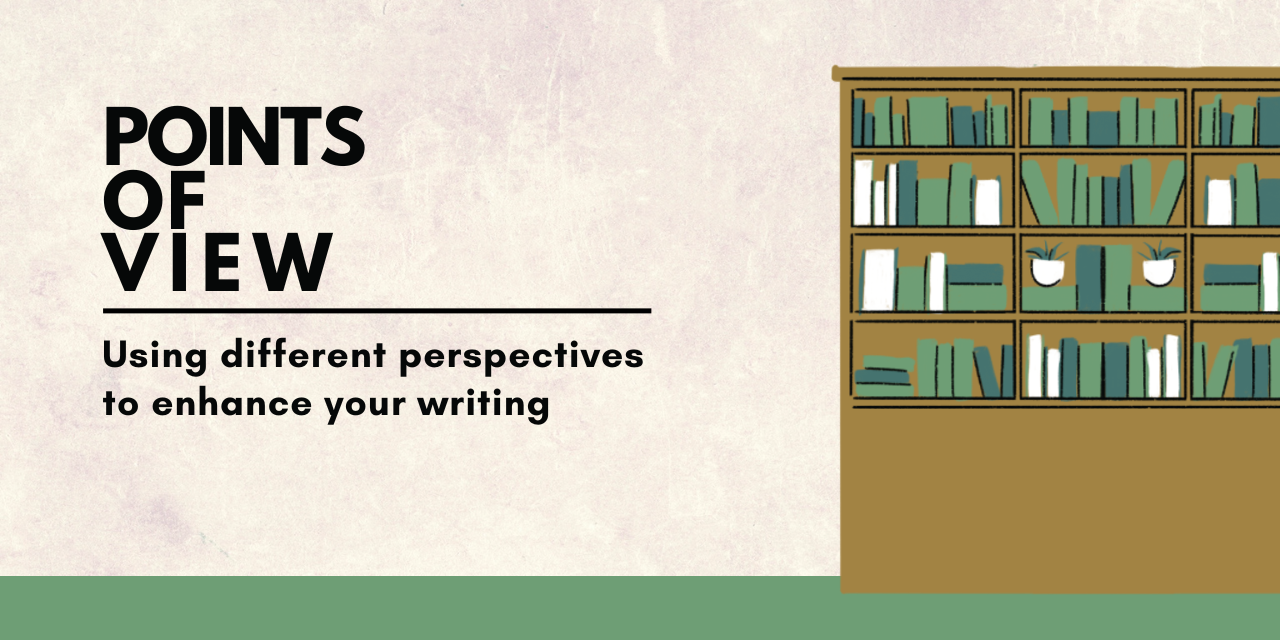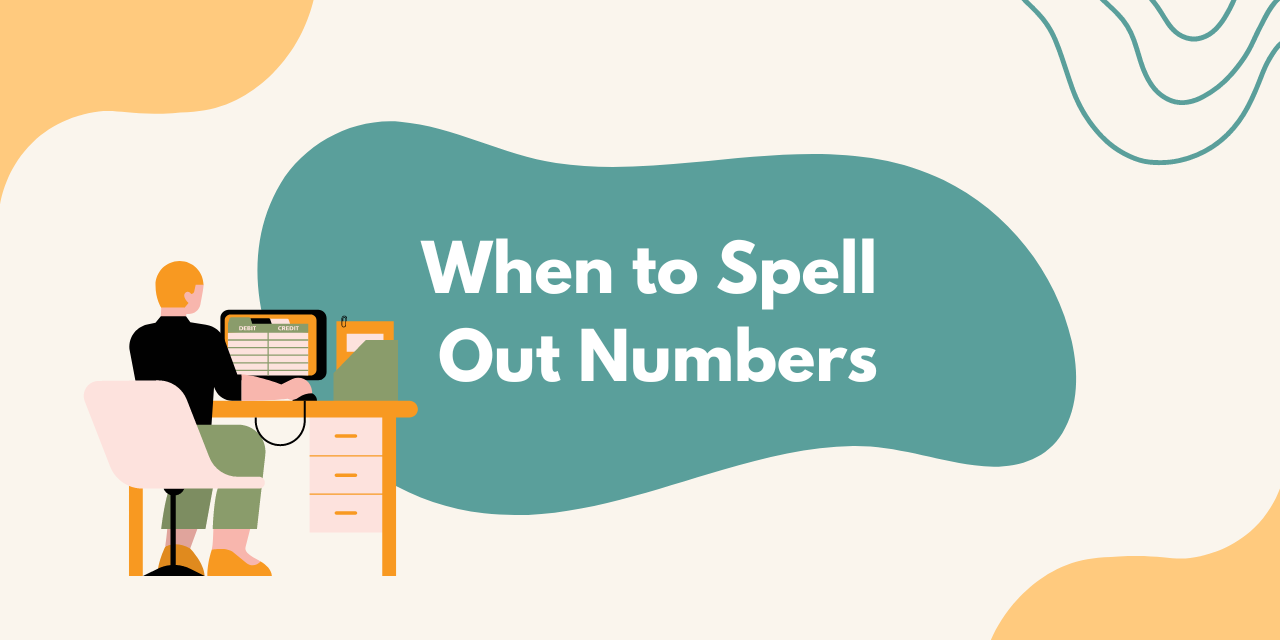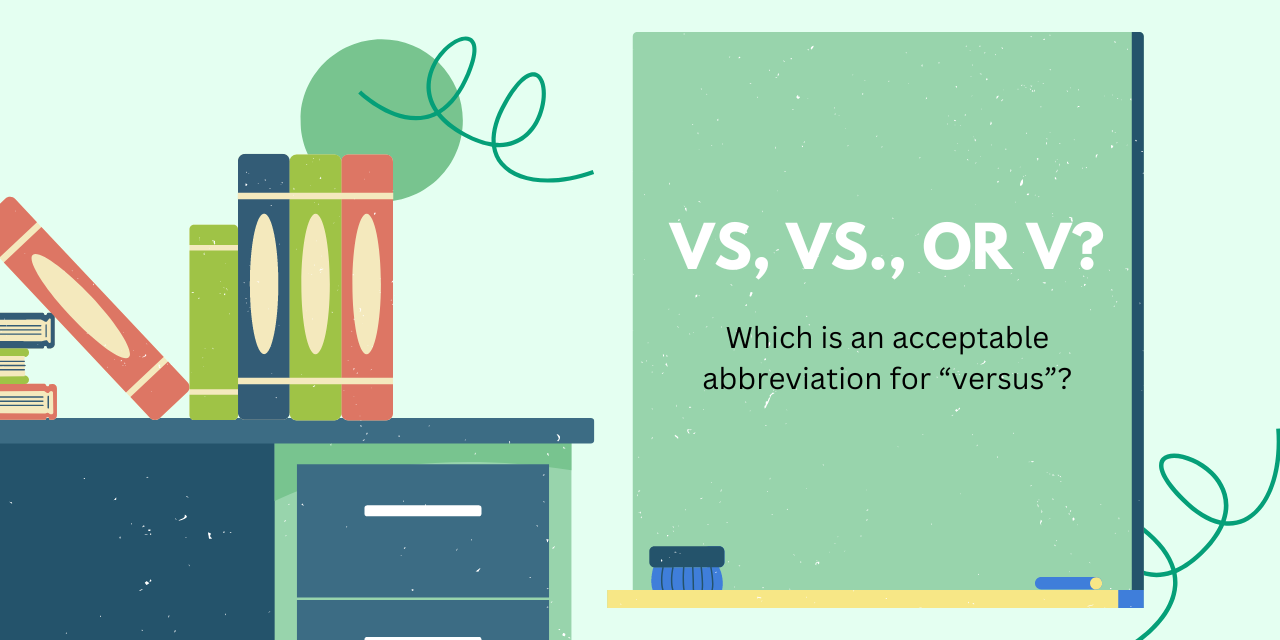Every piece of writing, whether a heartfelt letter, a business proposal, or a research paper, carries a distinct character and essence. This essence is often shaped by two important elements: tone and voice. Understanding and skillfully using these elements can be the difference between a message that resonates deeply and one that falls flat.
In this article, we’ll explore the role of tone and voice in writing and how they can be tuned to achieve your intended message.
Defining Tone and Voice
- Voice: Think of voice as the personality of your writing. It’s the consistent style or manner of expression that makes a piece distinctly yours. Voice is what makes Jane Austen sound like Jane Austen and Ernest Hemingway sound like Ernest Hemingway. It’s influenced by word choice, sentence structure, rhythm, and more.
- Tone: Tone, on the other hand, is the mood or attitude your writing conveys. It can be formal, casual, humorous, serious, sarcastic, or reverent, to name a few. If voice is the overall personality, tone is the emotion or vibe of a particular piece.
To put it simply, tone is how you say something, while voice is who is saying it.
The Interplay Between Tone and Voice
While voice remains relatively consistent for a writer, the tone can (and often should) change based on the content, audience, and purpose. For instance, a novelist might maintain a consistent voice across books but employ a somber tone for a tragic scene and a light-hearted tone for a comedic one.
Adapting Tone and Voice for Different Writing Contexts
- Personal Writing (Journals, Letters, Personal Blogs):
- Voice: Typically authentic and uninhibited. Your natural way of expressing yourself.
- Tone: Can vary widely depending on the topic. A journal entry about a fun day out might be cheerful, while a letter confronting a friend might be serious and earnest.
- Academic Writing (Essays, Theses, Reports):
- Voice: Generally formal and objective. Avoids personal bias.
- Tone: Typically neutral and analytical, focused on presenting information clearly and logically.
- Business Writing (Emails, Proposals, Marketing Material):
- Voice: Professional; depending on the company culture, it can range from formal (law firms) to casual (tech startups).
- Tone: Depends on the content. A pitch might be enthusiastic and persuasive, while a complaint response would be apologetic and solution-focused.
- Creative Writing (Novels, Poetry, Scripts):
- Voice: Distinct and consistent, giving the piece its unique flavor.
- Tone: Can be incredibly varied, shifting with the narrative’s mood, setting, and character dynamics.
Why Tone and Voice Matter
- Building Trust: A consistent voice can make readers feel like they’re in familiar territory. It establishes trust. Adjusting your tone to the situation shows empathy and understanding, further deepening that trust.
- Conveying Messages Clearly: The right tone ensures your message is received in the spirit it’s intended. An instructional guide, for example, needs a clear and direct tone to avoid confusion.
- Engaging the Reader: A captivating voice can draw readers in, while a fitting tone can keep them engaged, whether it’s the suspenseful tone of a thriller or the motivational tone of a self-help book.
Examples of Tone and Voice in Action
- A Customer Complaint Response
Voice – Professional and Courteous
- “We deeply appreciate your feedback and understand the inconvenience you experienced. Our team is looking into the matter.”
Voice – Casual and Friendly
- “Hey there! Thanks for the heads up. Super sorry about that slip-up. We’re on it!”
Effect: Both responses acknowledge the complaint, but the first voice projects a formal, corporate image while the second suggests a more laid back, possibly younger company.
- A Novel Excerpt about a Rainy Day
Tone – Morose
- “The raindrops tapped the windows, mirroring her silent tears, as the grey sky mourned alongside her.”
Tone – Joyful
- “Rain danced merrily on rooftops, as children’s laughter echoed, splashing in puddles and celebrating the downpour.”
Effect: The same rainy setting is used, but the tone shifts the mood entirely – from somber introspection in the first to vibrant joy in the second.
- Introductory Sentence of a Blog Post on Healthy Eating
Voice – Authoritative and Informative
- “Scientific studies consistently emphasize the irrefutable benefits of a balanced diet.”
Voice – Personal and Relatable
- “Ever since swapping candy bars for granola, I’ve felt a change – not just in my waistline, but my energy levels too!”
Effect: The first voice positions the writer as an expert, while the second voice approaches the topic from a personal experience angle, potentially resonating with readers who appreciate anecdotal evidence.
- A Product Description for a Camping Tent
Tone – Adventurous
- “Brace yourself for the wildest adventures with our rugged, weather-resistant tent that beckons the brave.”
Tone – Comfort-Oriented
- “Find your cozy retreat in the great outdoors. Our tent ensures a snug and warm escape, even in the heart of wilderness.”
Effect: The different tones cater to two distinct buyer personas – the thrill-seeker versus the comfort-seeker.
Conclusion
Voice and tone can dramatically alter how people receive a message, even if the core content remains unchanged. Understanding your audience and purpose allows you to tailor the tone and maintain a voice that resonates as you intended.
Related: Third-Person Voice Writing Techniques For Business, Active Voice vs. Passive Voice in Business Writing






